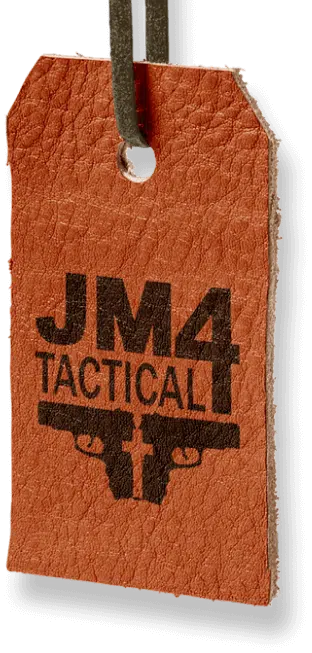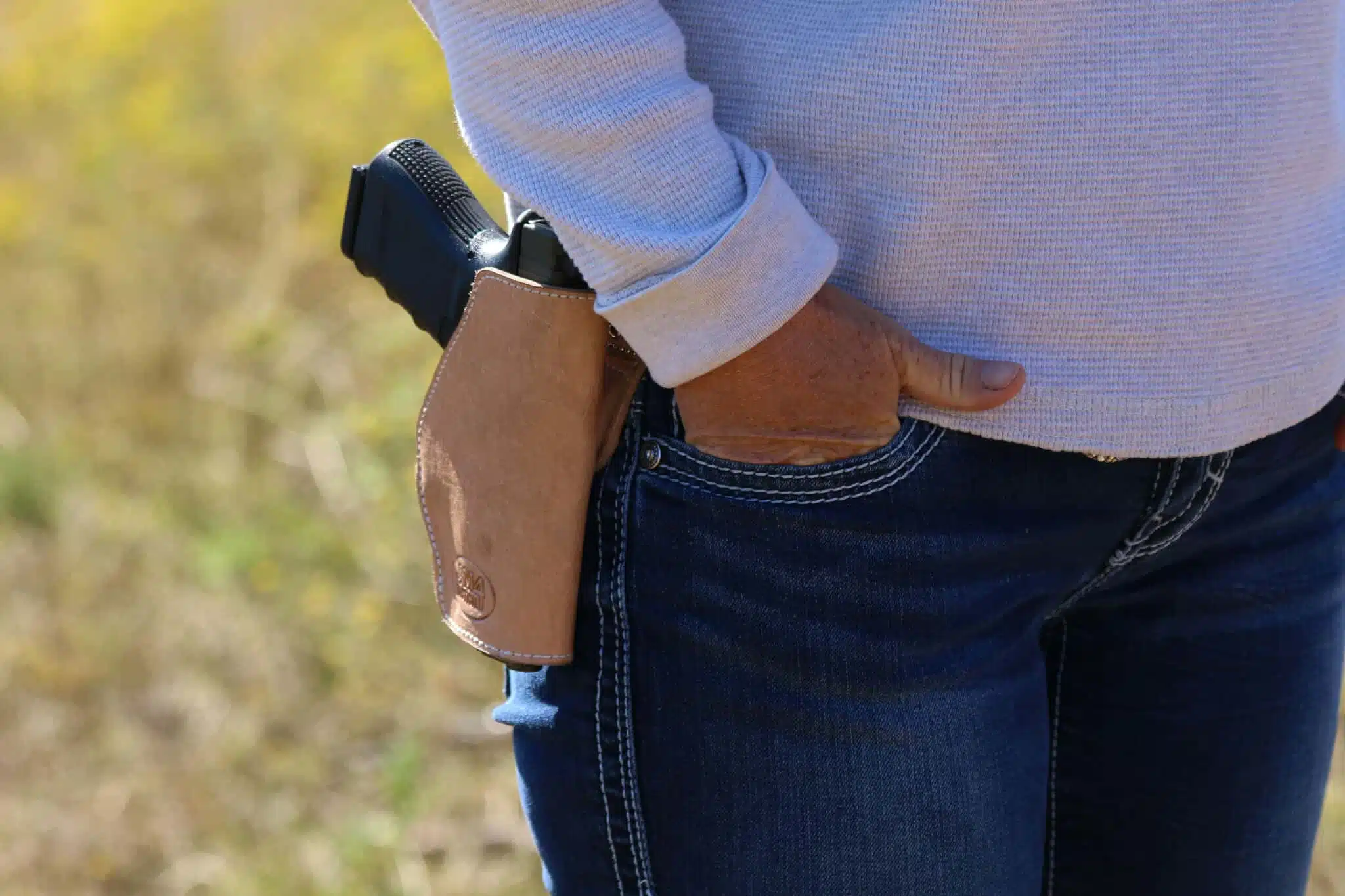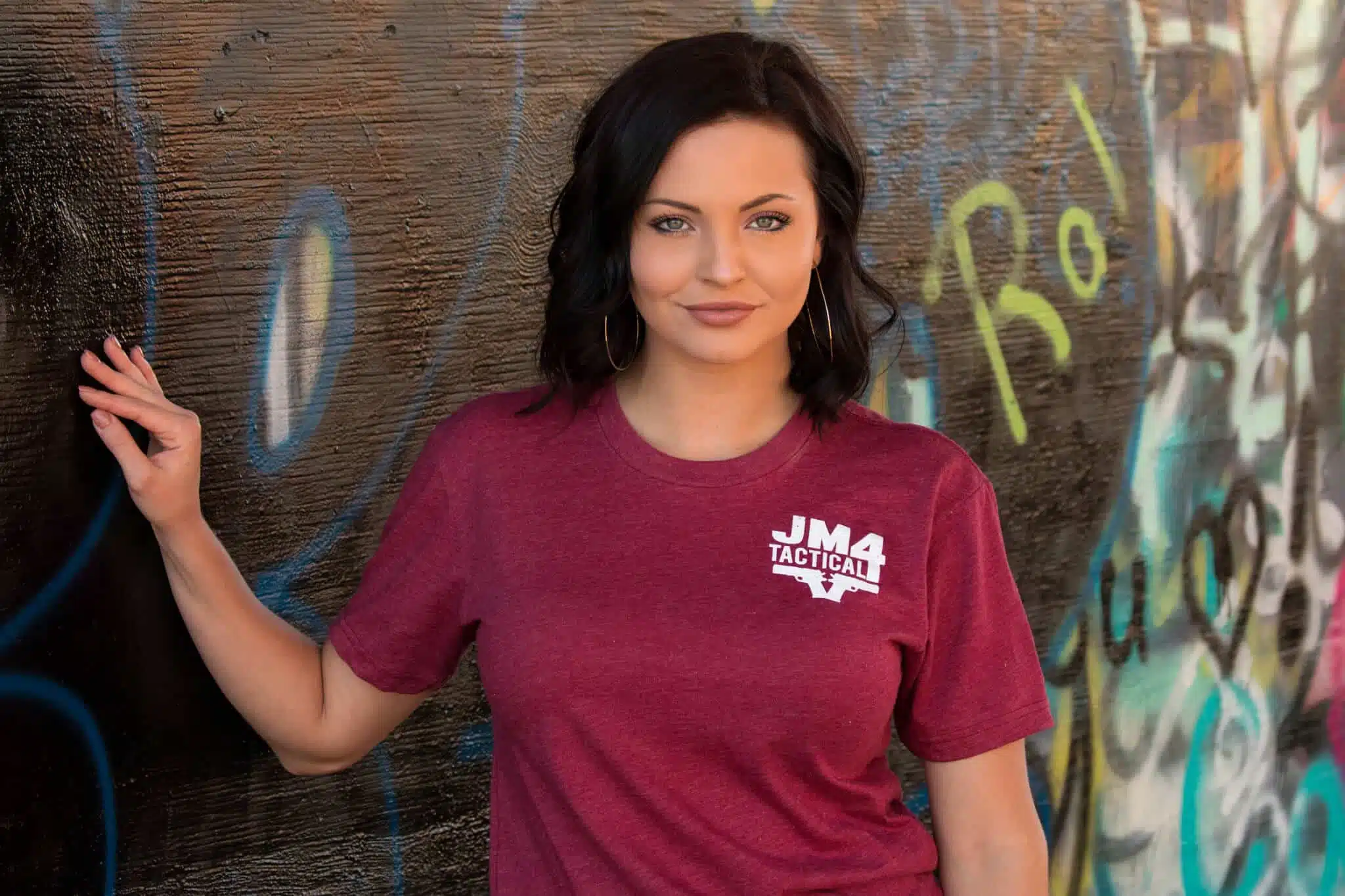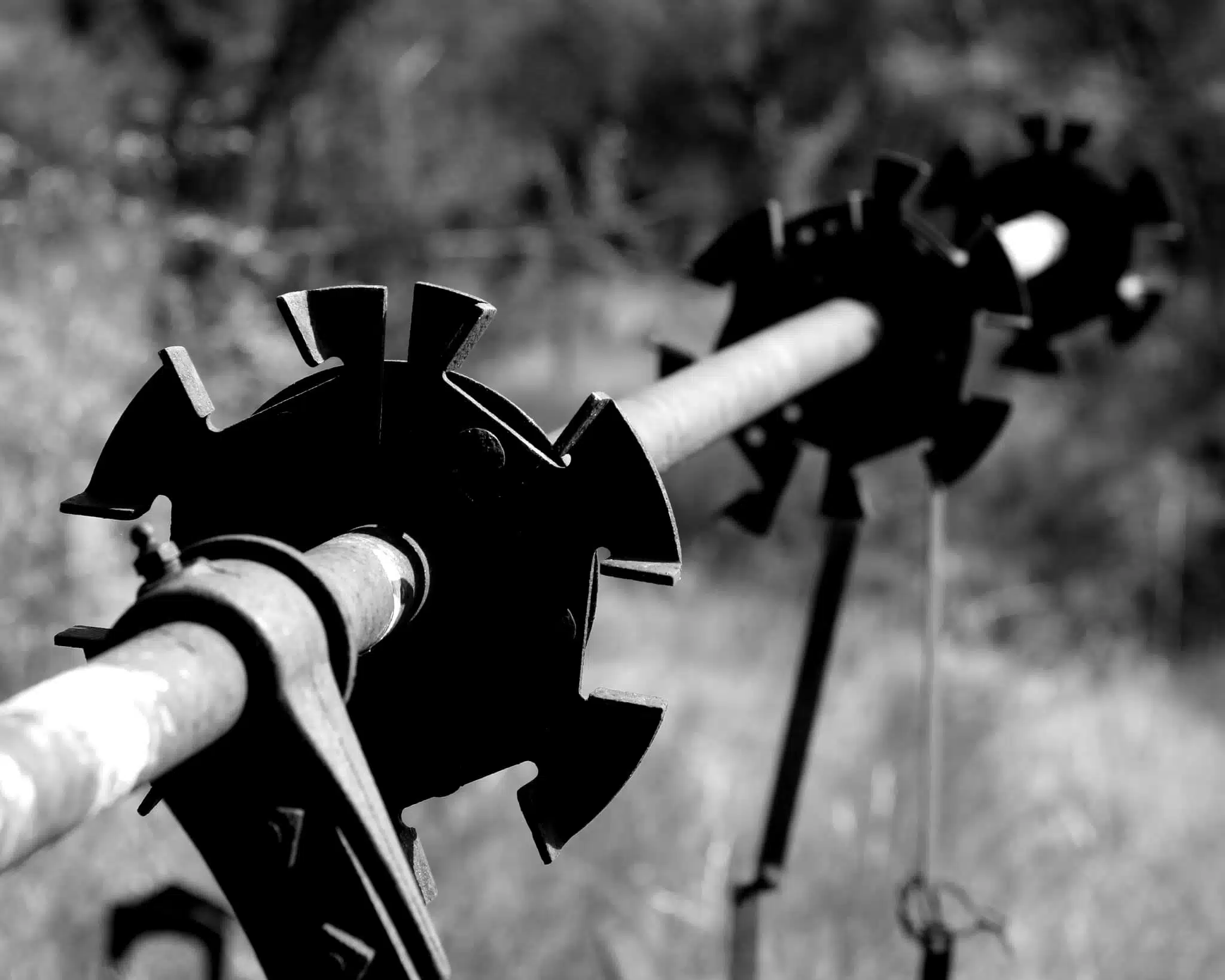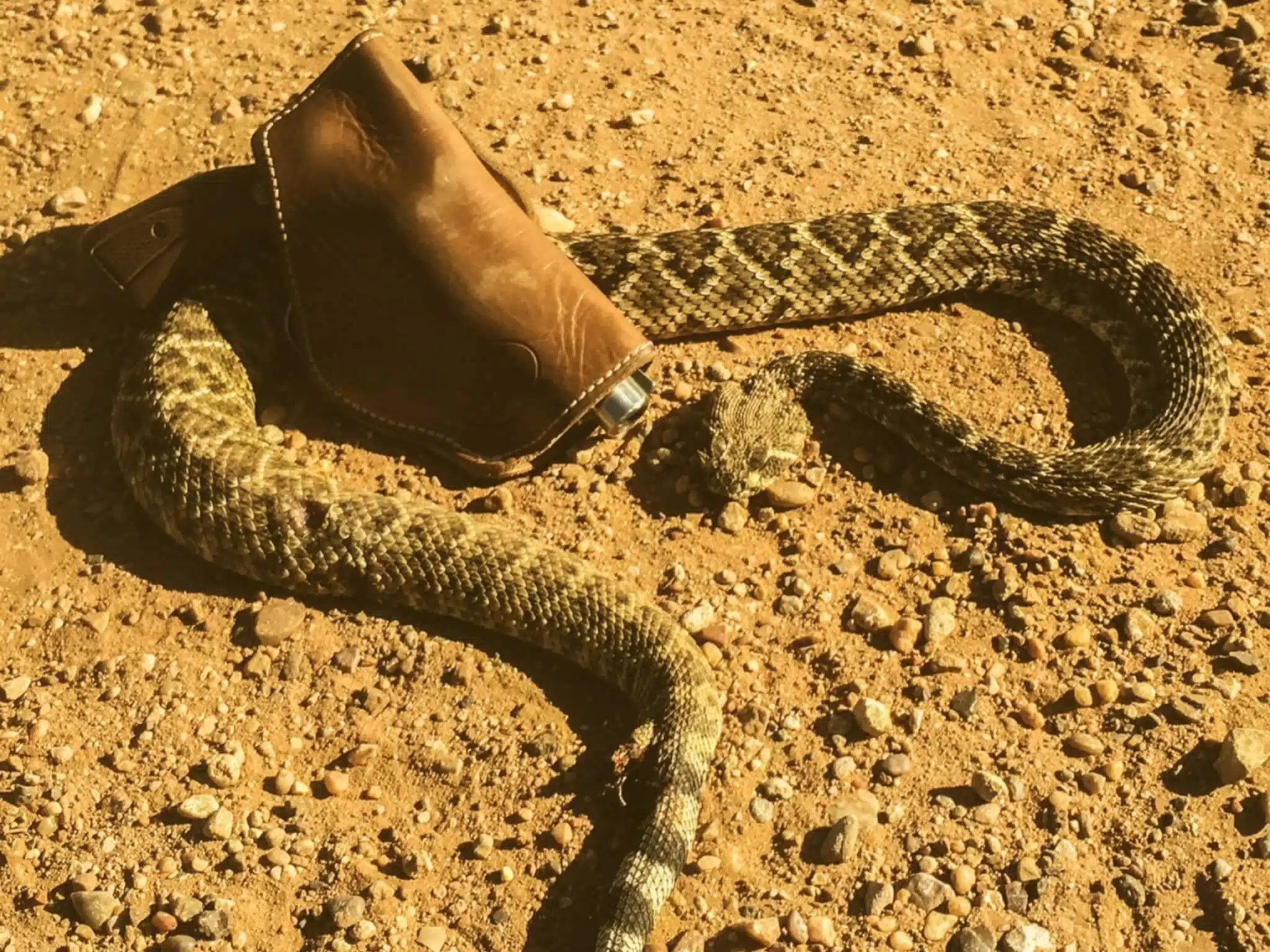“Why Are You Pointing That at Me?”
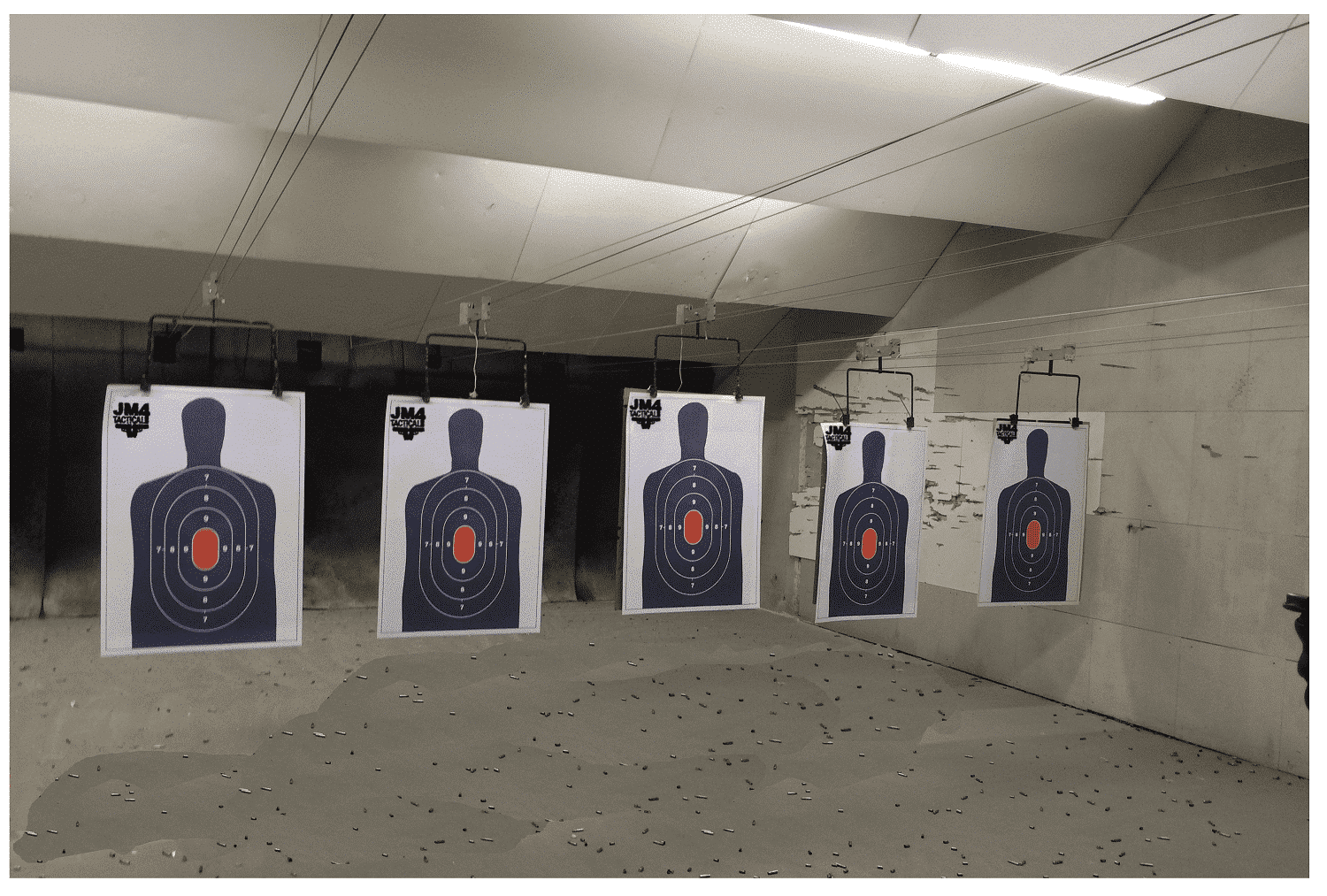
Previously, I covered one of the critical safety rules of firearm handling. There are three NRA rules of gun handling and the Cooper rules. For those of you who need a brush-up or need to learn them, let’s review.
The NRA Rules:
Always keep the gun pointed in a safe direction.
Always keep your finger off the trigger until ready to shoot.
Always keep the gun unloaded until ready to use.
The Cooper Rules:
All guns are always loaded. Even if they are not, treat them as if they are.
Never let the muzzle cover anything you are not willing to destroy.
Keep your finger off the trigger till your sights are on the target.
Identify your target and what is behind it.
In a past article, I discussed the importance of keeping your finger off the trigger until ready to shoot, keep your finger off the trigger till your sights are on the target. In this piece, we will explore the concept of keeping the firearm pointed in a safe direction and not letting the muzzle cover anything you are not willing to destroy. When working with long guns like shotguns and rifles, having good “muzzle discipline” is sometimes easier to achieve and understand. Muzzle discipline is the term that describes this rule, pointing the firearm only in a safe direction and not at something you are not willing to destroy. When you have something longer, you can easily see where the end of it is, versus a handgun where the muzzle might not be in your direct line of sight.
For all intents and purposes, this is an easy rule to follow, isn’t there? While at the range, that means only downrange at the target area. While hunting, that means not at any fellow hunters, structures, or games that you do not intent on harvesting. While at home, perhaps cleaning a gun, only in a direction where no one would be inhabiting that area, even if past a wall or multiple walls. Thinking does need to happen when talking about muzzle discipline. In self-defense scenarios, a whole pool of thought and strategy needs to be employed before committing to keeping a gun ready for self-defense.
Outside of thinking, an important thing to do to help instill good muzzle discipline is train. From the very introductory basic firearms training courses, all the way up to more complex moving and shooting classes, training can and will help fortify good habits. Compliancy and disregard of the rules happen at times with experienced firearm users, which you must avoid
at all costs! So, practice perfectly from day one and adhere to this doctrine! I was shooting with a friend at a range not too long ago. We were going over different scenarios beyond your standard stand at the firing line and punch holes in paper, and we were doing some drills closer to the target. Where we were, you could have a dynamic firing line…that is, you can move the firing line to wherever you want forward of the shooting bench, if everyone using that area is aware of this. Things like not handling firearms or even ammunition at the bench when people are down range need to be strictly adhered to for safety. Get everyone on the same page. When I do this, I always felt the most significant threat would be from behind. Well, that day, I was wrong.
To give some background, we’ll sketch out a rough picture to profile my buddy and me. We both used and owned guns for many years. Yes, I had exposure to firearms more as a youth than my friend, but essentially as adults, we were not far apart on how long we’d been “shooters.” I started training and taking classes shortly after being immersed in this world, and my friend, well, he only had one tabletop class with no practical gun handling under his belt. This difference in training is where I feel things diverge in a big way.
We all have things to gain by reading articles like this one online or in magazines. We can learn a lot from online videos. Reading books on firearm use, safety, marksmanship, and self-defense are great. Let’s assume all the material we are taking in is from reputable sources. That is important. However, the material that we take in should only act as a supplement to formal training. There is no substitute for structured classes from reputable instructors.
Often, I find myself dealing with people that have an attitude of “…I learned everything I needed to know from online videos, I don’t need a class.” or “…I’ve been around guns long enough that I don’t need training.” or “I can teach my spouse how to shoot, I’ve owned guns all my life.” Not only are these dangerous mentalities to adopt, but these are also unsafe people. I can’t tell you how many “experienced” firearms users I ran into while working as a range safety officer (RSO) at a public, commercial range that did ridiculously dangerous things.
In this friend’s case, he was signed up to take a class with me many years before this incident but had to cancel due to his family’s death. For him, I think this is a function of work-life balance, finding the time and funds to just commit to formal training. When you go through formal training, a good instructor will always instill into his or her student’s strict adherence to all the safety rules. I don’t care if you’re taking an NRA class, a USCCA class, or some custom class by an instructor. The constant repetition will keep these concepts fresh in an individual’s mind. Further, continuing to train regularly and take formal courses is a must when it comes to the world of firearms.
We were at our firing line, closer to the target area. My friend had his pistol with the safety on, hammer down. He inserted a magazine and racked the slide. The safety was still
on, and the hammer was still down. My buddy was doing an excellent job of keeping his finger off the trigger but then turned to me, pointing the muzzle of his pistol directly at my chest. I nonchalantly pushed the firearm away, so it pointed downrange, with the back of my hand, and said, “Why are you pointing that at me?” I don’t know if it was because we were not in a confined port at an indoor range. I don’t’ know if it was because we did not have the bench right in front of us to give us a physical firing line. I don’t know exactly what caused my friend to do this, something he had never done before, but he pointed a loaded gun directly at me. Even while working as a part-time RSO, I did not have this gross rule break happen so directly.
This situation was a teachable moment that required no words. The instant look of horror on my friend’s face said it all, and it also said that everything registered between his ears. Another friend that was present did make an offhand comment, “…that’s nice point a loaded gun at him.”
Okay, what does this all mean? Well, it means that so-called “experienced” firearm users can and do fall into complacency. It means that as shooters, we all should be watching what people around us are doing. Could I have caught this sooner? I don’t know. It happened so fast – a phrase that you will repeatedly hear when people describe incidents. In my mind, my hand was already coming up to push the firearm away before the muzzle being pointed at me. Whenever a near-miss like this happens, or a teachable moment, I will engage in a debriefing, where the action is discussed. Our debriefing happened when his eyes met mine. He knew he screwed up in a big way.
I’m not saying or advocating that had my friend taken at least one formal firearm safety class that this incident would not have happened. I am not saying that had he taken his training to the next level and had more practical time on a range, maybe doing moving and shooting drills with a certified instructor in a structured class that this incident would not have happened. But I can say that he did not have any formal training, and potentially had he maybe he would have had this vital concept ingrained into him. We just don’t know. It’s impossible to prove.
What is essential is constant vigilance. Always reviewing and practicing the safety rules. I don’t care which camp of learning you subscribe to, NRA or Cooper, etc., what is important is that you and those around you adhere. Just because someone claims to have or “seems” to have experience does not mean that they have good and safe habits. Embrace the importance of formal training and re-training. It will pay you great dividends and help fortify good habits early on.
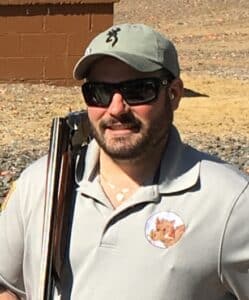
John Petrolino is a US Merchant Marine Officer, writer, author of “Decoding Firearms: An Easy to Read Guide on General Gun Safety & Use” and USCCA certified instructor, NRA certified pistol, rifle, and shotgun instructor living under and working to change New Jersey’s draconian and unconstitutional gun laws.
You can find him on the web at www.johnpetrolino.com
on Twitter at @johnpetrolino,
and on Instagram @jpetrolinoiii
